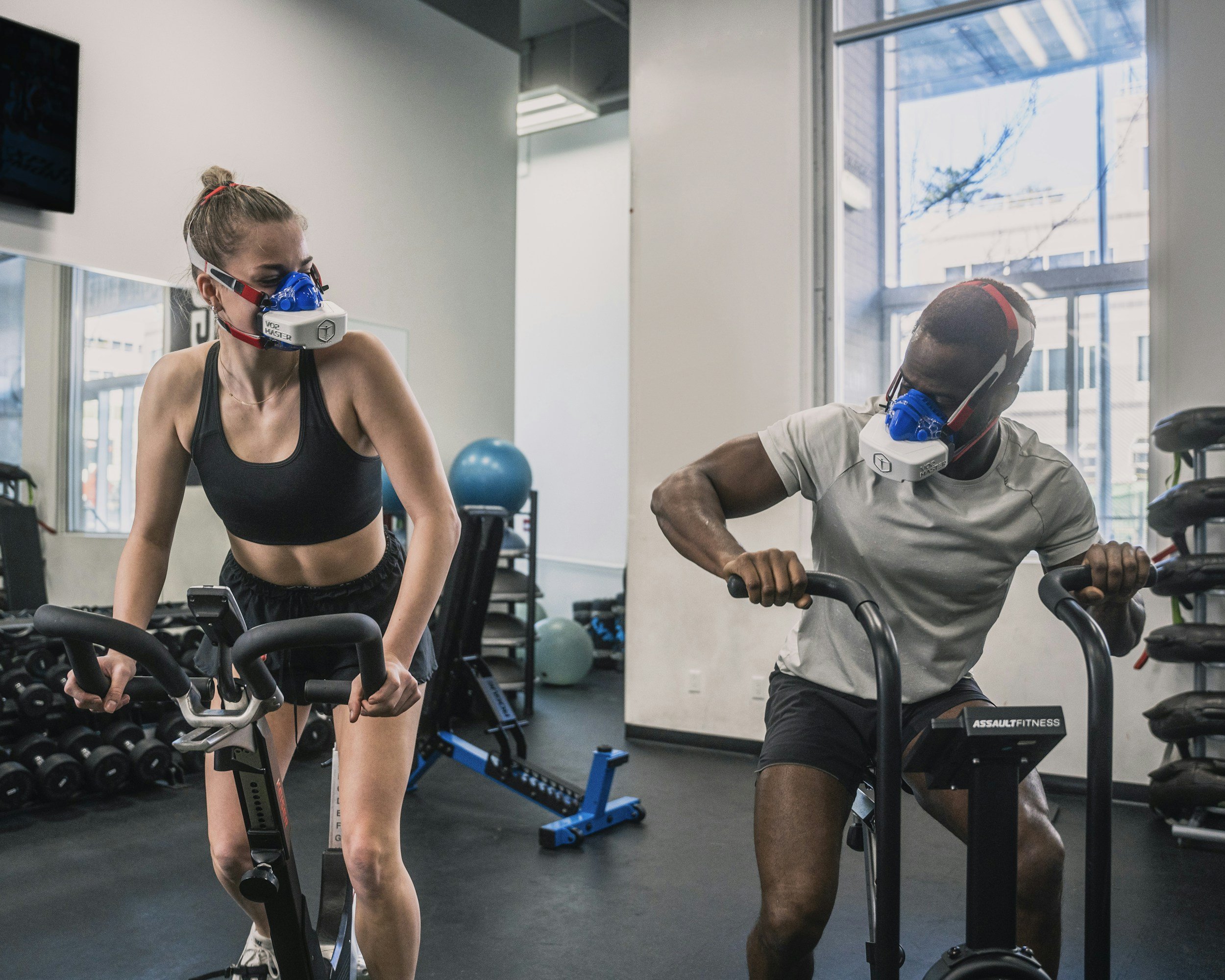Looking for a specific women’s football research topic?

Metabolomic profiles and antioxidant intake in female soccer players:a cross‑sectional study
This study looked into the diet and body chemistry of professional female soccer players to understand how their intake of important antioxidants affects their health and performance. When athletes play intensely, their bodies produce unstable molecules called reactive oxygen species (ROS), which can cause stress and hurt performance or recovery. A diet rich in antioxidants helps the body fight this stress. However, there isn't much specific research on female athletes, and many nutritional guidelines are based on studies of male players, even though male and female athletes have different physical demands and responses.

Less than 4% of participants in studies of carbohydrate-based fueling strategies for soccer performance have been female: results from an audit of her representation
Women's soccer has grown significantly in popularity and professionalism, making it crucial for players to have proper nutrition, especially regarding carbohydrate (CHO) intake, to perform at their best. However, this study aimed to investigate whether the scientific information guiding these carbohydrate recommendations for soccer players is actually based on research involving female athletes.

Lower-Limb Flexibility Profile in 142 Competitive Female Football Players: A Cross-Sectional Study
This research study focused on understanding and measuring the normal flexibility of the lower body in 142 competitive female soccer players. The main goal was to create a set of reference values, or "benchmarks," for how flexible players' hips, knees, and ankles should be. These benchmarks can help coaches and trainers figure out if a player's flexibility is typical, better than average, or below average.

Prepare for the Unpredictable: Sex differences in neck strength and the association with head acceleration in predictable and unpredictable perturbations in football
This research looked into how male and female football players respond to impacts on their head and neck, especially focusing on differences in neck strength and how the head moves during hits. The study found that while both male and female players experienced more head movement (called "head acceleration") when they couldn't anticipate an impact, female players showed significantly greater head acceleration and displacement, particularly in these unpredictable situations.

ACL Injuries in Women’s Football: The Professionalisation Mismatch
The article discusses a problem in women's football called the “professionalisation mismatch” . This refers to how the sport is rapidly growing and demanding more from players, but the support and resources provided haven't kept up . Despite women's football becoming more professional over the last two decades, the number of serious knee injuries, specifically ACL (anterior cruciate ligament) tears, has stayed about the same .

Load distribution across weekly microcycles according to match schedule in a team competing in the Australian national A-League Women’s soccer competition
This study examined the daily training and match loads experienced by a professional women's soccer team in the Australian A-League Women's competition over a single season. The researchers collected data on how hard the players worked, both internally (how tired they felt) and externally (how much they ran and at what speeds), across different weekly schedules based on when matches were played.

Acute responses to a potentiation warm-up protocol on sprint and change of direction in female football players: a randomized controlled study
This article looked at whether a specific type of warm-up, called a potentiation warm-up, could help female soccer players sprint faster and change direction more quickly. Researchers compared this potentiation warm-up, which included jumps and sprints with changes of direction, to the players' usual warm-up routine.

Knee and ACL injury rates in NCAA soccer players: an epidemiological study of 10 consecutive seasons
This study examines knee and ACL injury rates in NCAA men’s and women’s soccer over 10 seasons (2009-2019). Using data from the NCAA Injury Surveillance Program, researchers found that knee injuries were more common in women’s soccer than in men’s, with an injury rate of 14.87 per 10,000 athlete exposures (AEs) compared to 10.81 in men’s soccer.

Normative Performance Test Metrics in Professional Female Club Soccer
This study establishes normative performance metrics for professional women’s soccer players, focusing on key lower-body strength and power tests. Researchers evaluated 28 players from an NWSL club using three common performance assessments: the Counter-Movement Jump (CMJ), Isometric Mid-Thigh Pull (IMTP), and Nordic Hamstring Curl (NHC). The results showed that professional female players had an average jump height of 28.9 cm, peak vertical force of 1869 N in the IMTP, and notable limb asymmetries in hamstring strength.

Seasonal Changes in the Physical Performance of Elite Youth Female Soccer Players
This study examined how the physical performance of elite youth female soccer players changed over a season. Researchers tracked 113 players (ages U10 to U16) and measured their speed, strength, power, change of direction (CoD), and aerobic fitness at three points during the season (pre-, mid-, and post-season).

Non-contact injury incidence in professional women’s football depends on the starting status of the player
This study examined the relationship between playing time and non-contact injury risk in professional women’s soccer players. Researchers tracked 37 players from a Spanish professional team over two seasons, categorizing them as starters (playing >70% of matches) or non-starters.

Analysis of running performance in the two main Spanish Women’s football leagues: A case study
This study analyzed the running performance of players in Spain’s top two women’s football leagues, focusing on training sessions and match demands. Data from 32 players over two seasons revealed that competition matches required significantly higher physical effort than training sessions, with only the post-match session (MD+1) occasionally surpassing match demands in sprinting and high-speed running.

Individual changes in neuromuscular performance in the Spanish women’s national football team throughout the 2023 World Cup
The article "Neuromuscular Performance During the 2023 FIFA Women's World Cup" examines how physical performance evolved throughout the tournament for the Spanish women's national football team. The study tracked 20 elite players, assessing their strength and power using countermovement jumps (CMJ) and estimated one-repetition maximums (1RM) for back squats (BS) and hip thrusts (HT).

Effect of Q angle on some performance parameters in adolescent female football players
The article "Effect of Q Angle on Some Performance Parameters in Adolescent Female Football Players" examines how the Q angle (the angle formed by the quadriceps and patellar tendon) influences lower limb performance in young female footballers. The study finds that a larger Q angle negatively affects vertical jump performance, as it alters knee biomechanics and reduces mechanical efficiency.

Therapeutic Exercise Protocol for the Prevention of Anterior Cruciate Ligament Injuries in Female Soccer Players with Dynamic Knee Valgus (RCT)
The article "Therapeutic Exercise Protocol for the Prevention of Anterior Cruciate Ligament Injuries in Female Soccer Players with Dynamic Knee Valgus (RCT)" presents a study protocol aimed at reducing ACL injuries in female soccer players. Given that women are at a significantly higher risk for ACL injuries due to biomechanical and neuromuscular factors, the study introduces a 12-week intervention program focusing on players with dynamic knee valgus (DKV), a key risk factor.
